With stablecoins a decade after their introduction now forming the unquestionable backbone of the majority of crypto ecosystems and increasingly becoming tools of geopolitical significance, the hype around DAI from the previous decade has somewhat faded in recent years.
USDT and USDC, which are battling for world domination with quite different strategies employed by their respective operating entities, Tether Inc. and Centre (a consortium of Coinbase and Circle), have been stealing the show and the headlines.
And, as the numbers show, USDT and USDC also dominate in terms of volume.
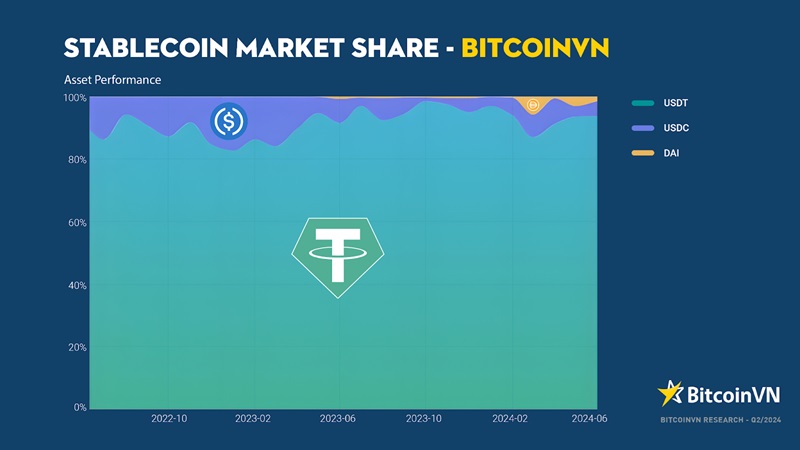
That said, DAI is not “dead” and still enjoys a passionate user base, even if it’s dwarfed by the two giants in the stablecoin space.
Here’s a look at some trends of DAI in the Vietnamese market.
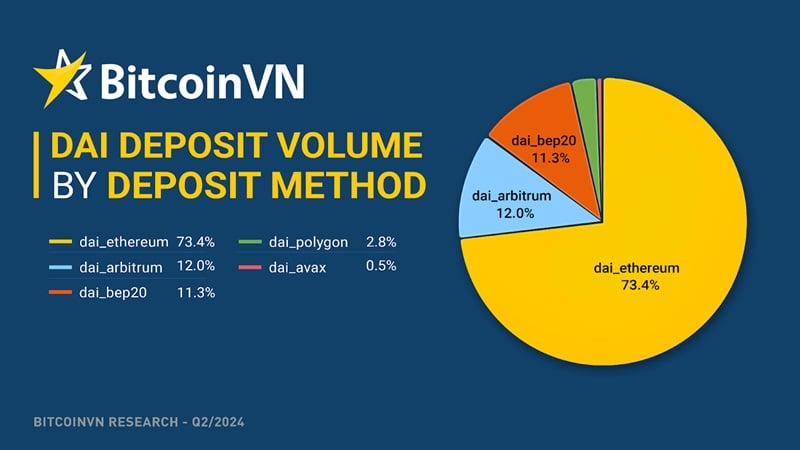
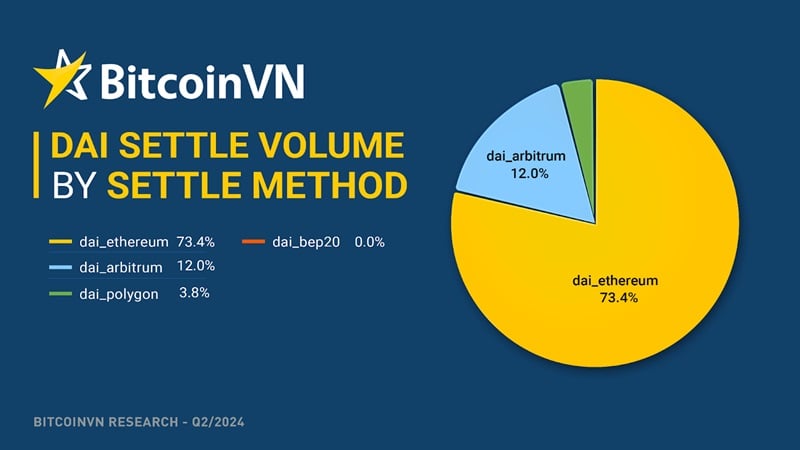
Quite unsurprisingly, DAI on the Ethereum blockchain still accounts for a solid three-quarters of the total market share.
Solidly established in the double-digits as a DAI transfer protocol is also Arbitrum, one of the various ‘Layer 2 / rollup solutions’ on the Ethereum network.
Why Arbitrum?
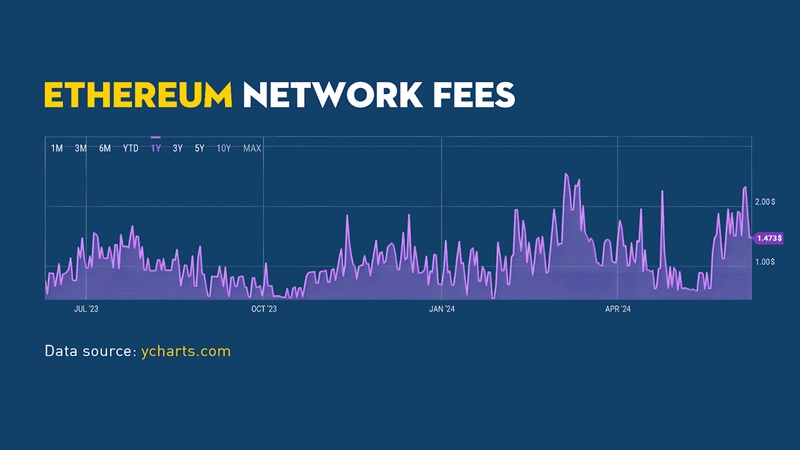
While it works similarly to the Ethereum main chain and uses the same address format (so be careful to select the correct network when sending DAI or other multi-chain assets), the transaction fees are much cheaper. On the Ethereum main chain, transactions can cost several dollars, and fees for tokens can spike to $10-20 or more due to their interaction with the smart contract.
For “pocket money” it is hence indeed more advisable to use one of the various Ethereum Layer 2 / roll-up solutions to move it around.
Be reminded that there is a multitude of counterparty risks involved with storing your wealth in DAI on a Layer 2 network:
- DAI is partially backed by other stablecoins, so DAI holders rely on these stablecoins not going bankrupt or losing their peg.
- DAI is also backed by various ‘real-world assets’ that are not very transparent
- Using DAI on a Layer 2 network via a bridge means adding the operator of the network/bridge as an additional counterparty.
At which point holding larger amounts of DAI on a layer 2 network becomes a quite risky undertaking in the long-term.
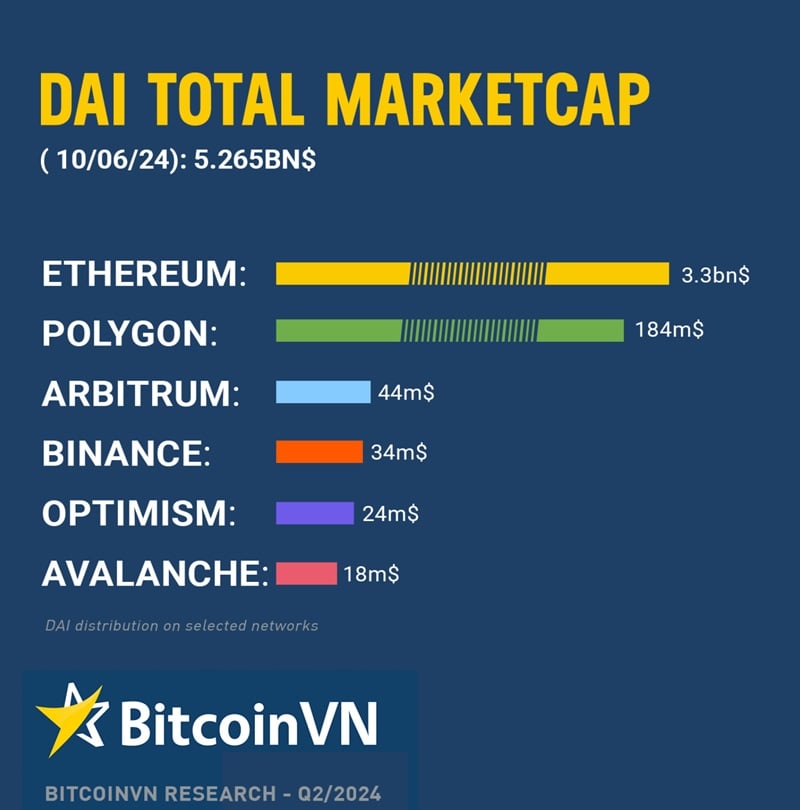
For quick and smaller payment needs however, the risks might be manageable.
For long-term savings across time and space however, DAI is certainly not a competitive alternative versus Bitcoin.
How to buy stablecoins at large size in Vietnam?
You can get in touch with our BitcoinVN OTC desk team.
Our team is well-equipped to handle trade volumes of 10k$ upwards to several million dollars in size.
How to secure my stablecoins via hardware wallets?
Both Trezor and Ledger models support keeping your DAI secure via their hardware wallet devices.
Bitcoin-only wallets such as Coldcard or Blockstream Jade however will not be able to secure your DAI, they are as the category suggests only suitable for storing Bitcoin.
How to earn yield on my stablecoins?
You can do so via our DAI staking vault.
Please remain aware of the risks associated with trusting custodial services.



























